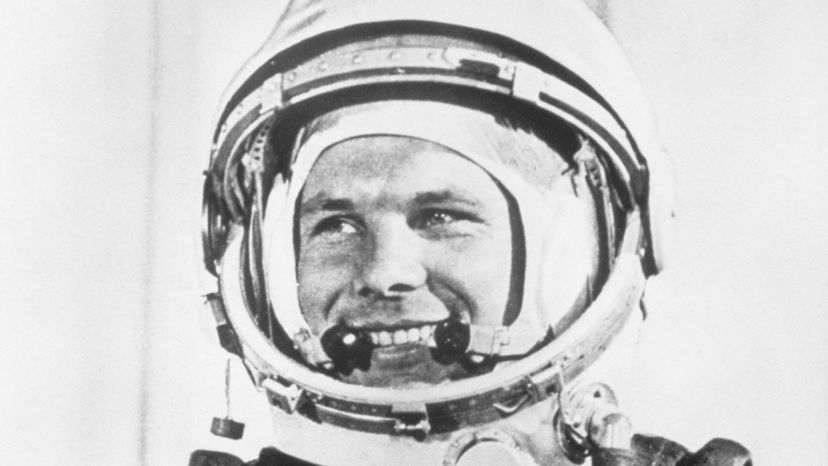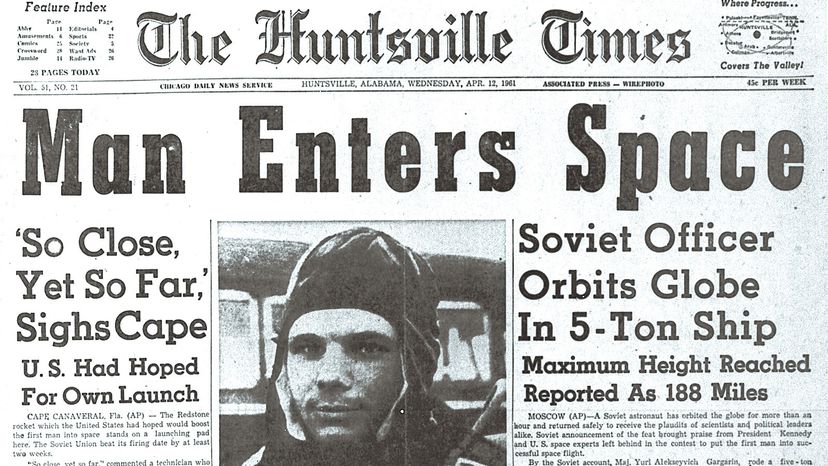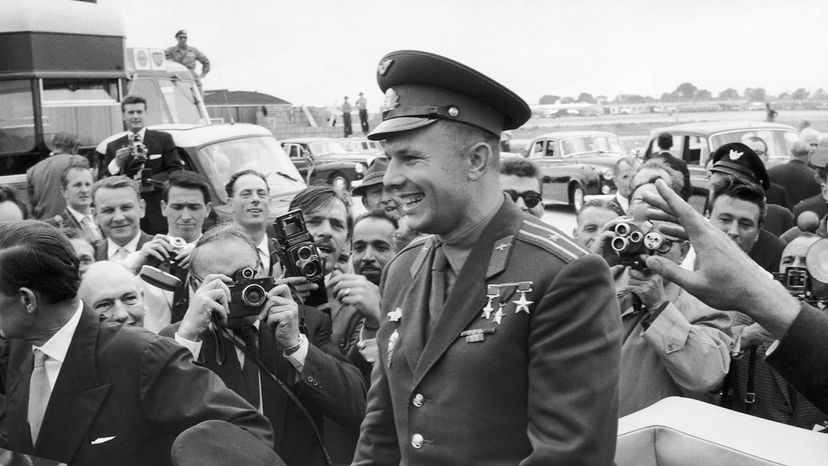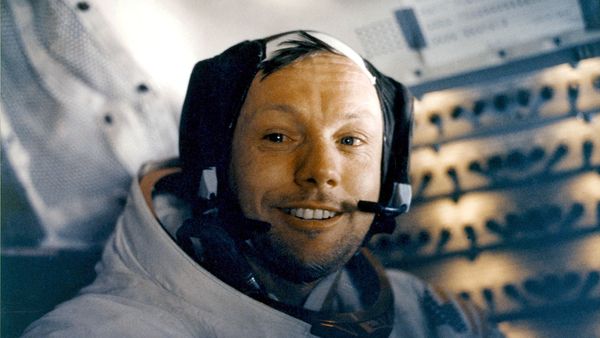Born in 1934 in Klushino, near Moscow, Gagarin was the son of a carpenter and a milkmaid. When he was still a child, Nazi forces invaded the U.S.S.R. and occupied the town. Everyone suffered – two of his siblings wound up in labor camps but survived the war.
Later, Gagarin attended various technical schools, but it was a flying club in Saratov that really grabbed his attention. Once he had his first taste of flight, he embraced his new passion and used his weekends learning to fly.
He joined the Soviet Air Force and became a full-fledged fighter pilot, gaining proficiency on planes like the MiG-15. In the meantime, he married Valentina Goryacheva, with whom he had two daughters.
In 1960, Soviet authorities chose 20 men to take part in the country's fledgling space program. The commission specified that the men be between 25 and 30 years old and less than 5 feet, 7 inches (1.57 meters) tall. Gagarin checked both boxes, and he was one of the lucky candidates selected for further training.
Then began rigorous physical training, which included dozens of parachute jumps over water, oxygen starvation tests, and isolation chamber procedures meant to weed out anyone who might melt down psychologically in space. Though the process was competitive, Gagarin stood out both for his physical skills and his exceptional personality.
He was charismatic, competent and simply likable, in part because of the ever-present smile on his face. His positive aura was a large part of why he was ultimately chosen for the Vostok 1 mission, just one week before launch. The Soviets knew that their soon-to-be-famous cosmonaut would need to look good in front of a camera for propaganda purposes. Gagarin's beaming smile fit the bill.




